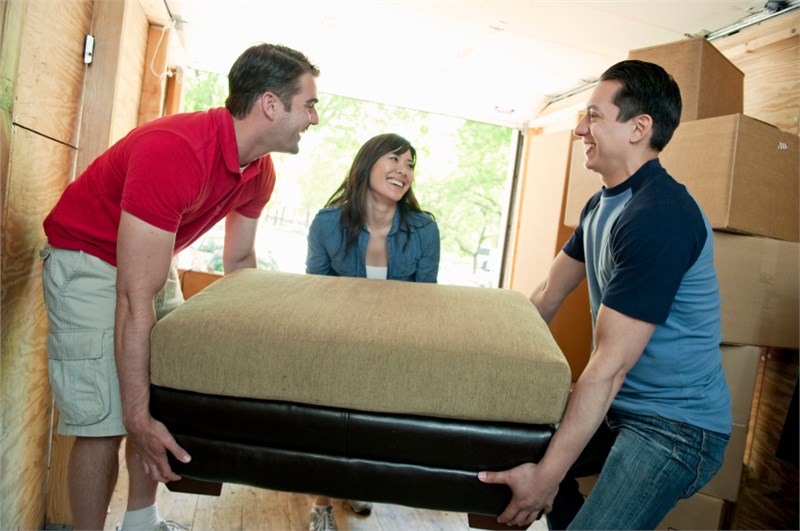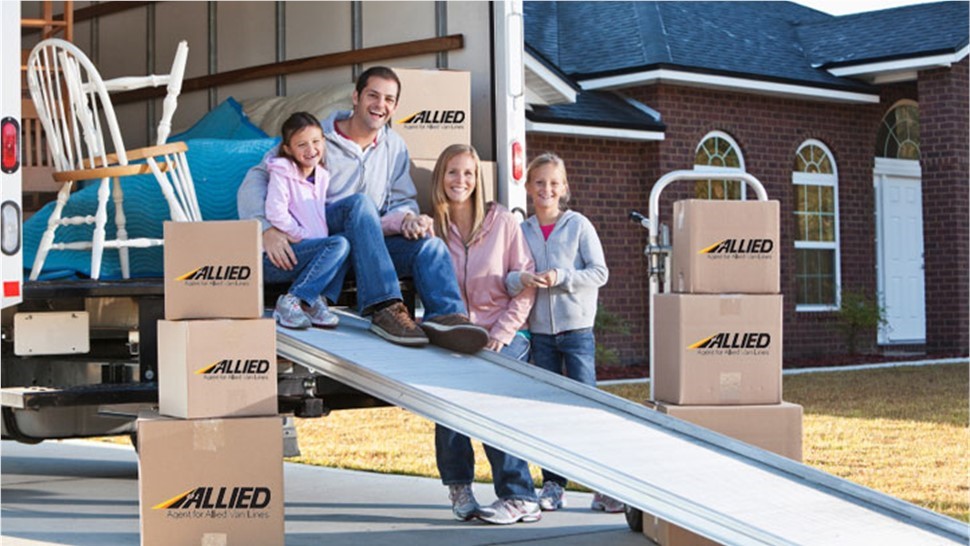
If you’re wondering how to pack fragile items, how to protect furniture during a move, or looking for ways to make moving day a lot smoother, then these expert tips will come in handy:
Tips for Protecting Your Home
Many people get wrapped up in planning logistics or learning about proper packing techniques, then when moving day arrives, they realize something important was forgotten: they didn’t protect their home. Here are some simple but important areas to remember:
- Floors: Protect heavy-traffic areas from dirt, water, scratches, and dings by keeping floors covered using non-slip plastic sheeting, carpet film, or flattened cardboard boxes.
- Walls: To prevent damage to walls while moving furniture, protect corridors and other narrow spaces by draping moving blankets over items. You can also cover walls with cardboard.
- Furniture: Cover your furniture with furniture pads and sheets to protect against dirt and stains. If your furniture can be disassembled, do so. This makes moving easier and safer.
- Door Jambs and Bannisters: You can use professional door jamb covers or pool noodles cut in half to prevent scratches. Cover railings and posts with bubble wrap.
Tips for Packing Fragile Items
Packing non-breakable items is usually rather simple. If you’re like many, however, packing fragile items can be daunting. Here are some tips for packing some of the most commonly-found delicate home items:
- Plates: Pack plates vertically in small to medium moving boxes lined with crumpled paper. Wrap each plate individually using bubble wrap, and don’t over-pack the box. Fill gaps with paper.
- Glasses: Using professional packing supplies, wrap each glass and fill spaces with paper. Line your box with crumpled packing paper on the top and bottom, and place heaviest items on the bottom with lighter on the top.
- Lamps: Pack lamps shades separately and fill the inside of the shade with ample paper. Bases and cords can be wrapped with paper and bubble wrap. Secure hardware for safe keeping.
- Pictures/Frames: Wrap each picture in paper and layer sheets in-between frames if you are packing multiple frames in one box. Large pictures should be covered with a moving blanket and plastic-wrapped.
Tips for Protecting Yourself
Of course, you want your valuables to arrive safely, but don’t forget to take care of yourself! For starters, get plenty of rest before moving day, and keep these other tips in mind:
- Lift by bending at the knees and using your leg muscles, not your back!
- Keep boxes under 40 lbs., and move heavier items with a partner or a moving dolly.
- Wear supportive footwear that have closed toes—not flip flops!
- Stay hydrated by drinking plenty of water, eat light and healthy, and it’s okay to rest!
It’s Okay to Ask for Help!
Moving is a lot of work! If packing, loading/unloading, and delivery seems overwhelming, hiring a professional moving company might be best. If you need full-service moving and storage experts serving Winnipeg, start planning your business or household move by contacting Winnipeg Movers today!
Tags
Subscribe to Winnipeg Moving's Blog










Comments